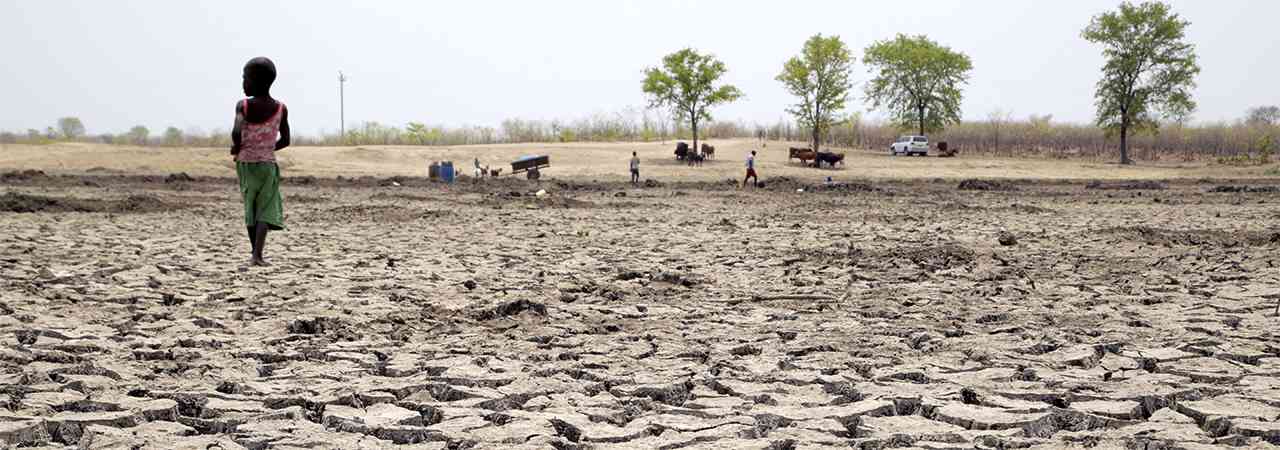
THE pre-independence version of the Highway Code had a powerful opening line in the foreword penned by the Roads and Road Traffic minister that boldly declared: “Rhodesia is a cattle country”.
The statement is easy to agree with even though one risks being labelled as having nostalgic hangovers for the by-gone Rhodesian era. In any political lingo, Zimbabwe has been traditionally a cattle country.
The foreword to the Highway Code was a true reflection of the significance of cattle farming in Zimbabwe. Over the years animal husbandry in general and cattle ranching in particular have contributed immensely to the health of an economy. Our forebearers who roamed the plains of Zimbabwe before the white settlers invaded the country kept cattle as symbols of wealth and this ensured the health of each nation.
The late comers from the south of the Limpopo River scrambled to settle in present day Zimbabwe after realising the importance of cattle in enabling victory in the daily battles of survival.
When King Mzilikazi Khumalo decided to part ways with King Shaka Zulu, he paved a plunderous path which enabled his nation to acquire a sizeable herd of cattle as bounty. Mzilikazi was delighted to discover that the arid plains in Zimbabwe were ideal for cattle.
With cattle catered for, his new nation’s desire for cereals and other crops became a secondary issue that could be resolved easily through the occasional ransacking of granaries of neighbours who practised crop farming.
Mzilikazi’s incursion and eventual settlement in the great country was followed years later by the arrival of a group of whites.
This group breached the country’s porous borders by crossing the Limpopo on cattle-drawn wagons. The declared aims and intents of this unexpected group of whites were driven by a need to settle in Zimbabwe. The invading group soon discovered that the dry grasslands were good for cattle ranching.
- Chamisa under fire over US$120K donation
- Mavhunga puts DeMbare into Chibuku quarterfinals
- Pension funds bet on Cabora Bassa oilfields
- Councils defy govt fire tender directive
Keep Reading
The settlers forcibly apportioned themselves strategic swathes of farming areas. Over the years strides were taken to boost the size of the national head. Some areas such as West Nicholson transformed to renowned beef farming areas that employed extensive farming methods. Zimbabwe, then illegally known as Rhodesia, truly became a cattle country of international acclaim.
The country literally established herself as a huge animal farm with so many cattle to attend to. It soon became imperative to warn motorists about the dangers of encountering stray cattle on the roads.
The dawn of independence raised hopes of larger and healthier herds of cattle among the ordinary people. With time, the expansive cattle ranches were subdivided into small plots to meet the restive population’s demands for space.
The inherent problematic issues in breaking up the huge ranches were not taken into account. The subdivisions of the huge ranches resulted in a general reduction of the hectarage available per cow in arid areas concerned. The cattle could not stand a chance in the competition for grazing space with humans. The cattle population started dropping on a year to year basis.
Such could have been the perplex phenomenon that troubled Dzikamai Mavhaire. The Energy minister blamed the beneficiaries of the land reform programme for thwarting the revival of the national herd.
He was so puzzled by the truth to an extent he went on to allege new farmers were giving their cattle some contraceptives. The vexed minister said these words right at the cradle of the ruling clan in Zvimba. The minister was obviously desperate and reminiscing on the years when the national herd was a source of pride.
Laughable as the minister’s utterance was, there was reason to believe that the he was questioning the guiding principles of the land redistribution programme. He was questioning the much acclaimed success of the programme after developing second thoughts on the messy land redistribution.
He was having doubts on the approach that turned profitable farming areas into semi-residential plots as if the intention was to supplant models of Mpandawana Growth Point everywhere.
Mavhaire was mourning the death of Zimbabwe as a cattle country. Zimbabwe the big animal farm for cattle had degenerated into an animal farm of satirical proportions. Perhaps Mavhaire was admitting that Zimbabwe’s agricultural sector had naturally resolved into the Orwellian Animal Farm.
Zimbabwe’s equivalent of the Animal Farm motto “four legs good and two legs bad” became “four herd of cattle good and two herds bad”. In the confusion, it became fashionable to plunder the cattle from fleeing farmers. Animals that were “liberated” from minority-owned farms were slaughtered with alacrity as if there would be no tomorrow.
The national herd was decimated. In a satanic move, the Orwellian balance was restored in the form of a new motto, “four herds of cattle good, two herds better”.
This is how Zimbabwe lost her position as a cattle country. This is how frustrated people like Mavhaire could only rely solely on metaphors to highlight the sterility of the land redistribution programme.
This is how Orwell portrayed corruption, greed and inefficiencies linked to a self-destructive political ecosystem. This is how not to slaughter the goose that lays the golden eggs.
Masola waDabudabu is a social commentator










